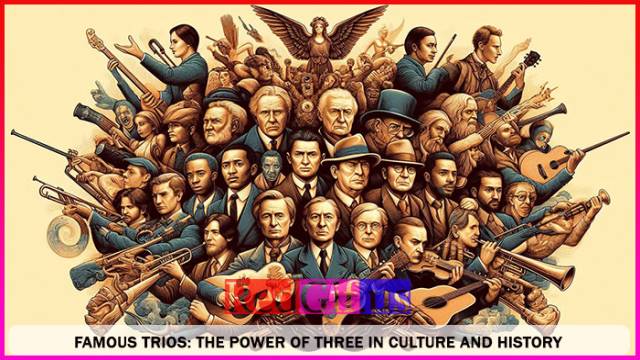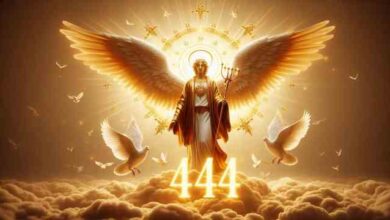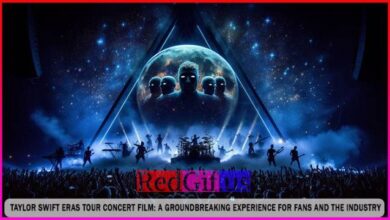Famous Trios: The Power of Three in Culture and History

In a world that loves individuals and pairs, trios get overlooked. But history, pop culture and business have shown that three can be a powerful number. In fact some of the most iconic and successful groups in history come in threes. Let’s explore why famous trios stand the test of time and leave such a lasting impact.
The Underrated Power of Three
When we think of great teams we think in pairs. Batman and Robin, Steve Jobs and Steve Wozniak, Lennon and McCartney – these duos get all the attention. But what about trios? Despite being less talked about, trios have made huge impact across many fields – music, film, business. The lack of recognition for trios is because three is seen as a crowd – too many voices, too many opinions and too much competition. But the reality is three can bring balance, diversity of thought and a combination of skills that duos can’t.
Why Aren’t Trios Celebrated Enough?
Consider some of the most famous trios in history: the Three Musketeers, the Holy Trinity or The Three Stooges. These groups have had a lasting impact on culture and history. But when we talk about teamwork, leadership or success, trios are left out of the conversation.
This might be because of:
- The Duo Dynamic: Pairs are easier to understand and manage. In literature and business the conflict or collaboration between two entities is often more straightforward and easier to tell.
- Fear of Imbalance: With three people there’s a perceived risk of one person feeling left out or overshadowed and imbalance and discord.
- Simplification: People simplify stories and focus on the most prominent figures or pairs and leave the third member of a trio in the shadows.
But the reality is trios have strengths that are overlooked. Let’s look at some of the most famous trios and see how they work.
The Power of Famous Trios
1. The Three Musketeers: All for One and One for All
The Three Musketeers – Athos, Porthos and Aramis – are the most famous trio in literature. Created by Alexandre Dumas, these three characters represent bravery, loyalty and camaraderie. What makes them so iconic isn’t just their individual traits but how they complement each other. Athos is the leader, wise and reserved; Porthos is the strongman, full of bravado; and Aramis is the cunning strategist. Together they are a complete unit, balancing each other’s weaknesses and amplifying their strengths.
Example: In business this is key. Companies fail when they put too much emphasis on one type of leadership or skillset. The Three Musketeers prove that different skills and perspectives make a better team.
3. The Three Stooges: Comedy and Chemistry
The Three Stooges—Moe, Larry, and Curly—are comedy gold. Their slapstick has lasted the test of time and can be seen in every comedian today. What makes them work? It’s the chemistry. Moe is the mean one, Larry is the nice one and Curly is the goofy lovable one. Their individual personalities play off each other perfectly.
Case Study: In creative teams chemistry is often the key. When team members have different roles and complement each other’s strengths and weaknesses they can create something truly special and lasting just like the Three Stooges did.
4. The Founding Fathers Trio: Adams, Jefferson, Franklin
The American Revolution produced many iconic figures but the trio of John Adams, Thomas Jefferson and Benjamin Franklin is the most iconic. These three were instrumental in drafting the Declaration of Independence and shaping the early United States. Adams was the passionate advocate, Jefferson was the eloquent writer and Franklin was the diplomatic statesman. Their collaboration brought together different strengths and made the American cause more powerful.
Case Study: Startups and small businesses can learn from this trio. Bringing together people with different but complementary skills can help a company navigate tough times. Adams, Jefferson and Franklin show that diverse skills can lead to big success.
5. Harry, Ron and Hermione: The Golden Trio
In J.K. Rowling’s Harry Potter series the trio of Harry Potter, Ron Weasley and Hermione Granger are the heart of the story. Each brings something different to the table: Harry’s bravery, Ron’s loyalty and Hermione’s brains. Together they tackle challenges that none could face alone. Teamwork beats individual effort.
Case Study: In today’s workplace this trio proves that teams of different personalities and skills can do more than a team of similar people. Diverse thinking and approach leads to more solutions.
Why Trios Work
Trio dynamics work because they balance. With three, there’s always a mediator when two clash, different perspectives and you can cover more ground. This balance is often missing in duos where conflicts become more pronounced or in larger groups where voices get lost.
Famous Trios in Business
Trio dynamics aren’t just a concept from history or pop culture; they’re also in the business world. Google’s founding team: Larry Page, Sergey Brin and Eric Schmidt. Page and Brin brought the tech innovation, Schmidt brought the business sense. Together they built one of the most successful companies in the world.
Another example is Apple’s founding team: Steve Jobs, Steve Wozniak and Mike Markkula. While Jobs and Wozniak get all the credit, Markkula was the first investor and mentor and was crucial to Apple’s early success.
Case Study Insight: In business as in other fields, a trio can bring a well rounded approach to leadership and decision making, technical skills, business sense and strategic vision.
FAQs
Q1: Why are trios less celebrated than duos or individuals?
Trios are less celebrated because stories and histories simplify narratives by focusing on pairs or individuals. But trios offer a unique balance of perspectives and skills, they are powerful but less recognized.
Q2: Are there other famous trios in history?
Other trios include The Supremes (Diana Ross, Florence Ballard and Mary Wilson), The Marx Brothers (Groucho, Harpo and Chico) and Alvin and the Chipmunks (Alvin, Simon and Theodore).
Q3: How can the trio concept be applied in modern business?
The trio concept can be applied in business by forming leadership teams with complementary skills. For example a CEO, CFO and COO might be a trio that brings together visionary leadership, financial expertise and operational efficiency.
Conclusion
Trios have left their mark on culture, history and business. The Three Musketeers, the founding fathers of the United States, the Three Amigos – three distinct but complementary entities often equals success. In business and in life, embracing the power of three brings balance, innovation and long lasting impact. Next time you think of great teams, remember sometimes three is better than two.




